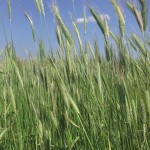
Rye, oh rye?
Got the unseeded acre blues? Consider this fall cereal
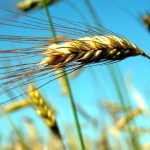
Filling a niche of our own
Our grain industry is evolving into a collection of small buyers, each looking for a specific product that will meet their specialized needs
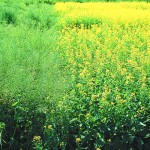
Putting the farm “on trial”
Farmers are always experimenting. Here are Sarah Weigum’s thoughts about different ways of doing research
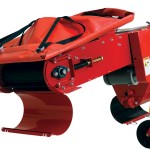
Seed, treat, repeat
With a new grain cart and a Storm seed treater, Sarah Weigum’s farm is ready for spring
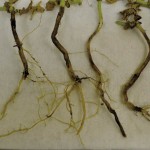
Getting to the root of the rot
Late season root rot is creeping into pea fields. Sarah Weigum investigates the symptoms, and the situation
Fababean update
Seed grower Sarah Weigum’s first time seeding and spraying fababeans taught her a lot of lessons. She’s willing to share
In the April issue of Grainews I wrote about a new adventure on our seed farm — growing fababeans. Now it’s the first week of July and the beans have begun to flower. We picked up our fababean seed from Benci’s Seed Farm on April 30. Ideally we would have planted them before then, but […] Read moreThe best defence is the right depth
Avoid disease and delayed emergence by choosing the right depth and following these five steps to uniformity
If agronomist Doug Moisey doesn’t see any canola seed on the ground when inspecting a freshly sown field he worries. This might seem like an unconventional cause for concern, but as Moisey explains, “In normal seeding you’ll get some seeds bounce out of the furrow and that’s fine.” If no seeds are visible on the […] Read moreFababean first timer
An Alberta seed grower explains the research that goes into choosing to grow a new crop on her farm
Some people have a natural proclivity to soak up and process new information. For me, however, an onslaught of new information is more like a heavy Alberta rain on a dry ground — a lot more runs off than is absorbed. This was the case when I heard Bentley-area producer Harvey Brink talk about growing […] Read more

